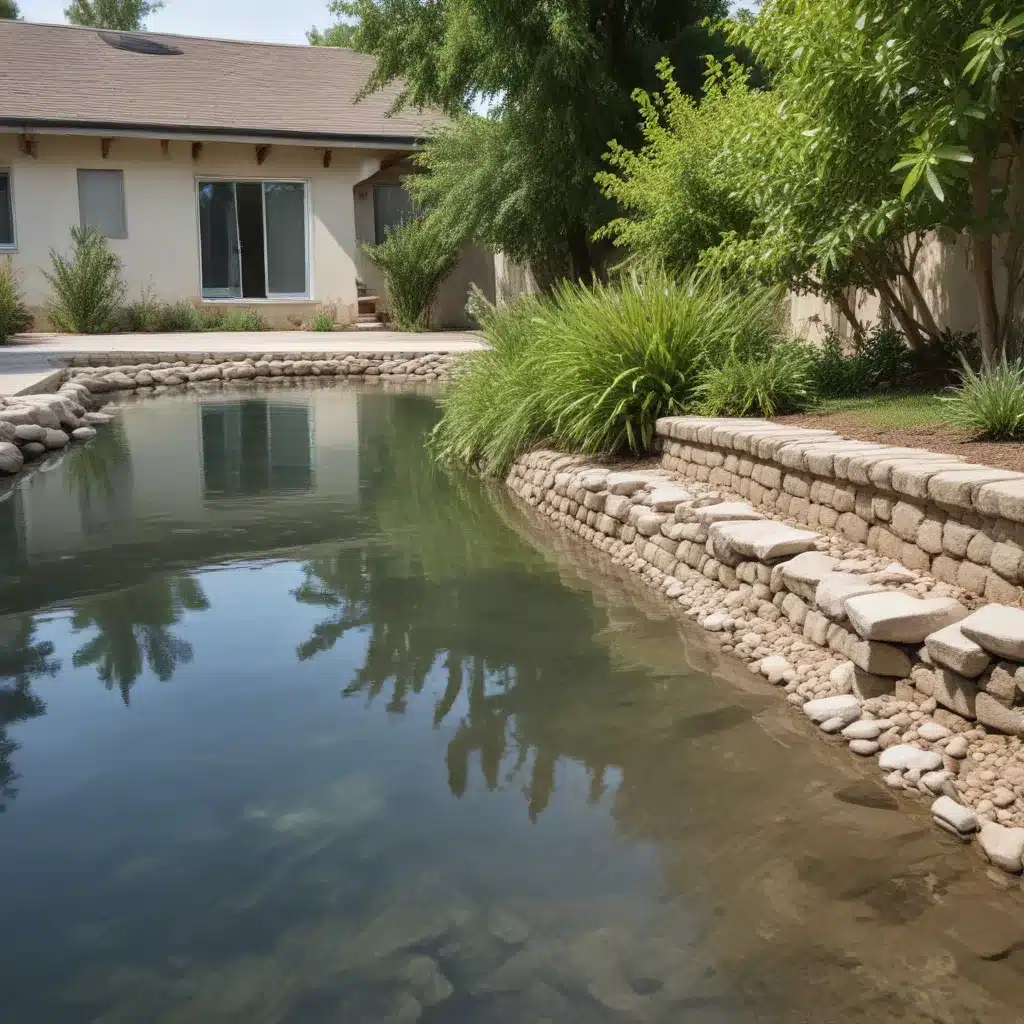
The Imperative for Water Conservation
As the impacts of climate change become increasingly apparent, water conservation has emerged as a crucial strategy for building resilient communities and mitigating the effects of drought, floods, and other water-related challenges. Residential water use accounts for a significant portion of total water consumption, making it a prime target for efficiency improvements and conservation efforts.
Water scarcity is on the rise. In many regions, the frequency, intensity, and duration of drought events are increasing, while population growth and development are placing greater demands on limited water resources. This pattern is expected to continue, making it increasingly difficult to forecast and manage water supply and quality. Reducing residential water use is essential for addressing these challenges and ensuring long-term water security.
Water conservation saves energy and reduces emissions. The energy used to treat, transport, and heat water accounts for a substantial portion of a household’s energy consumption. By reducing water use, homeowners can significantly lower their energy bills and their carbon footprint, contributing to broader climate change mitigation efforts. Additionally, energy-efficient water appliances and fixtures can further enhance these savings.
Conserving water improves community resilience. Water conservation measures, such as rainwater harvesting, greywater reuse, and xeriscaping, can help communities buffer the impacts of drought, floods, and other extreme weather events. By diversifying water sources and reducing dependence on centralized water infrastructure, these approaches enhance the overall resilience of a community.
Strategies for Residential Water Conservation
To promote widespread water conservation in the residential sector, a multifaceted approach is required, encompassing technological advancements, policy interventions, and community engagement.
Technological Innovations
High-efficiency fixtures and appliances: The adoption of water-efficient showerheads, faucets, toilets, washing machines, and dishwashers can significantly reduce household water usage. The WaterSense program, a partnership between the U.S. Environmental Protection Agency (EPA) and manufacturers, helps consumers identify and select water-efficient products that meet rigorous performance criteria.
Leak detection and repair: Addressing leaks in residential plumbing systems is crucial for conserving water. Advanced technologies, such as smart meters and leak detection sensors, can help homeowners quickly identify and address leaks, preventing the loss of treated water.
Greywater reuse systems: Greywater systems capture and repurpose water from sinks, showers, and washing machines for non-potable uses, such as landscape irrigation or toilet flushing. This reduces the demand for freshwater and relieves strain on wastewater treatment infrastructure.
Rainwater harvesting: Collecting and storing rainwater for non-potable uses, such as lawn and garden irrigation, can significantly lower a household’s reliance on municipal water supplies, especially in areas prone to drought.
Policy and Regulatory Measures
Water-efficient building codes and standards: Local and state governments can implement building codes and standards that mandate the use of water-efficient fixtures and appliances in new construction and major renovations. This helps drive the adoption of water-saving technologies at the source.
Tiered water pricing structures: Adopting a tiered water pricing model, where the cost per unit of water increases with higher consumption levels, can incentivize residential water conservation. This approach encourages households to reduce their water use to minimize their utility bills.
Rebate and incentive programs: Offering rebates or tax incentives for the installation of water-efficient appliances, fixtures, and systems can help offset the upfront costs and accelerate their adoption in the residential sector.
Water conservation education and awareness: Effective public outreach and education campaigns can inform residents about the importance of water conservation, the available technologies and strategies, and the individual and community-level benefits of reduced water use.
Community Engagement and Advocacy
Neighborhood-level initiatives: Engaging with local communities to implement water conservation projects, such as community gardens, shared greywater systems, and neighborhood-scale rainwater harvesting, can foster a sense of collective responsibility and promote a culture of water stewardship.
Advocacy and collaboration: Residential water users can advocate for water conservation policies and programs by engaging with local government officials, utility companies, and community organizations. Collaborating with these stakeholders can help drive the adoption of water-efficient technologies and practices.
Homeowner education and workshops: Providing hands-on workshops and educational resources for homeowners can empower them to implement water-saving strategies in their own homes, such as xeriscaping, efficient irrigation, and maintenance of water systems.
The Benefits of Residential Water Conservation
Adopting water conservation measures in the residential sector can deliver a range of benefits, from cost savings to environmental protection and community resilience.
Financial savings: Reduced water and energy consumption directly translates to lower utility bills for households, freeing up resources for other essential needs.
Environmental sustainability: Water conservation helps preserve and protect vital water resources, reducing the strain on aquifers, rivers, and other water bodies. It also reduces the energy and greenhouse gas emissions associated with water treatment and distribution, contributing to overall environmental sustainability.
Community resilience: By diversifying water sources and reducing dependence on centralized infrastructure, water conservation strategies enhance a community’s ability to withstand and recover from drought, floods, and other water-related crises.
Equitable access to clean water: Water conservation and efficiency measures can help ensure more equitable access to clean water, especially in underserved communities that are disproportionately affected by water scarcity and quality issues.
Public health benefits: Reducing water consumption and promoting the use of water-efficient technologies can improve water quality and reduce the risk of waterborne diseases, leading to better public health outcomes.
Conclusion: A Call to Action
As the impacts of climate change continue to exacerbate water scarcity and alter precipitation patterns, the need for comprehensive water conservation strategies in the residential sector has never been more urgent. By embracing technological innovations, supportive policies, and community-driven initiatives, we can collectively transform our homes and neighborhoods into models of water efficiency and resilience.
The Joint Action for Water community is committed to empowering individuals, communities, and policymakers to prioritize water conservation as a key climate change solution. Join us in this critical endeavor and become a champion for sustainable water management in your own home and community.

